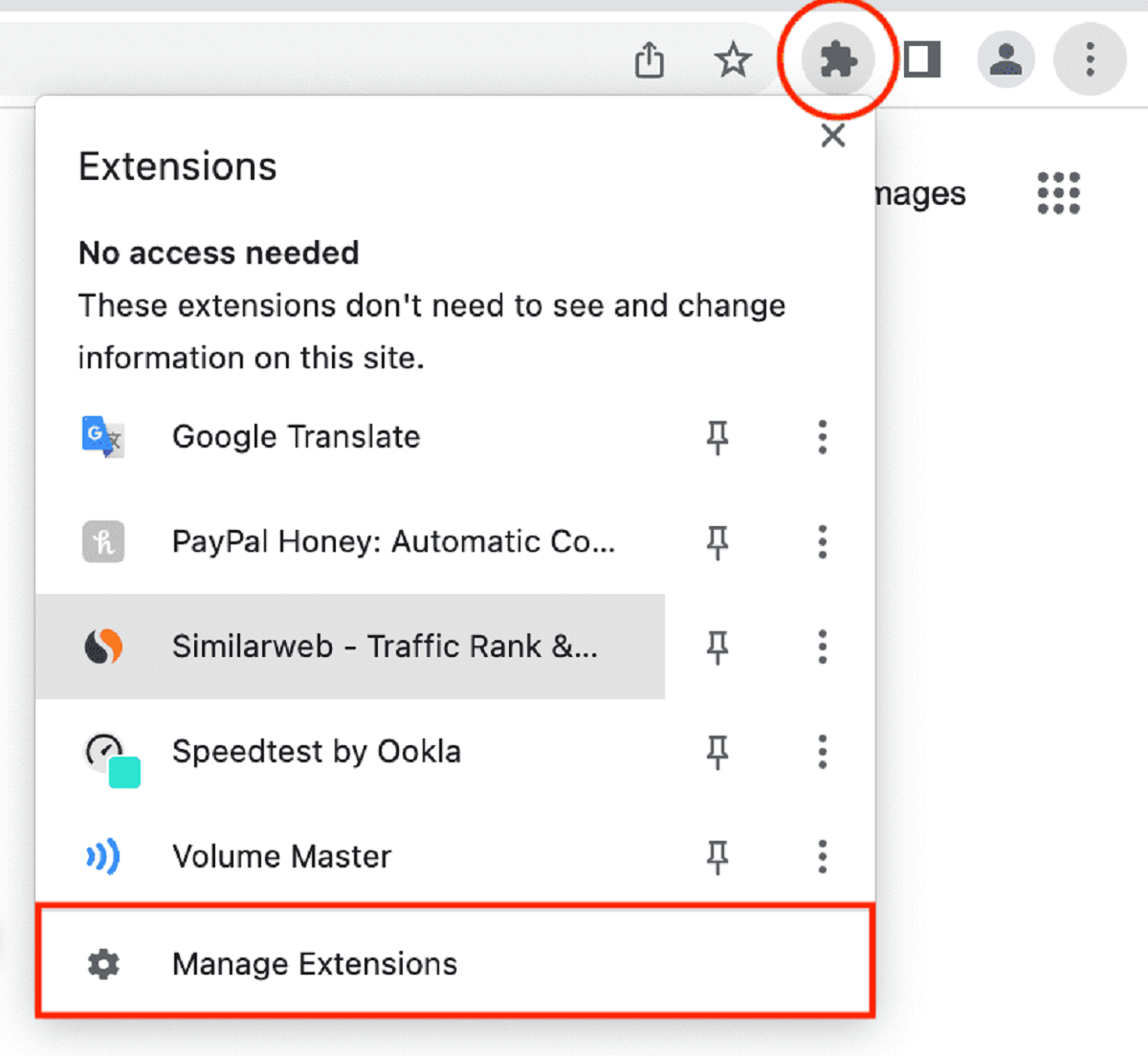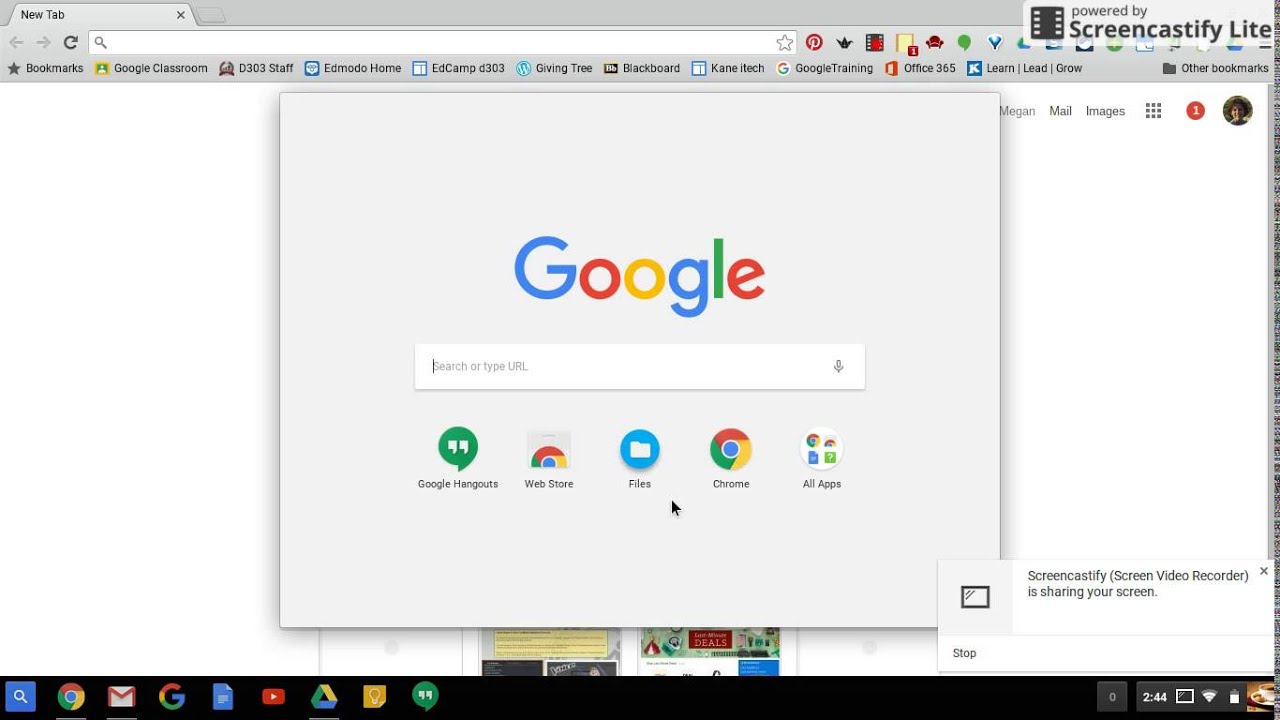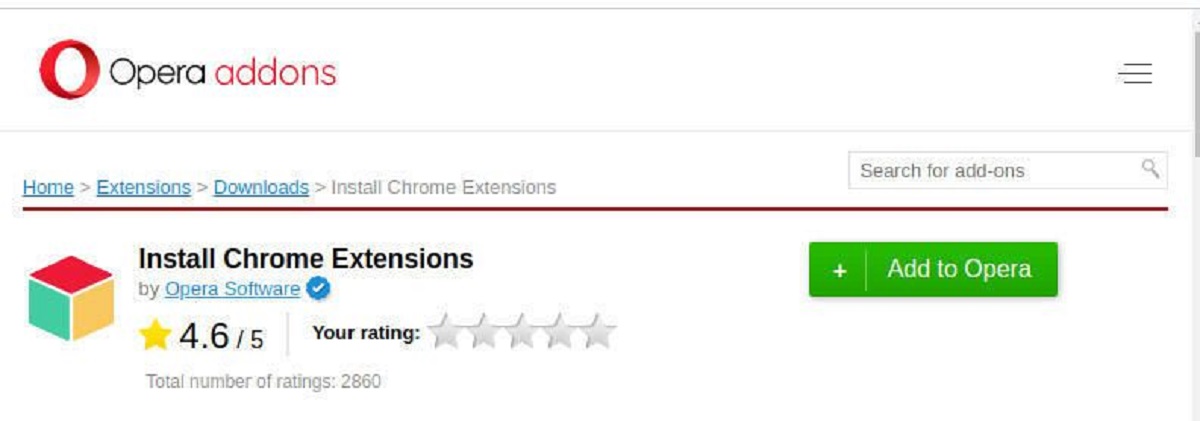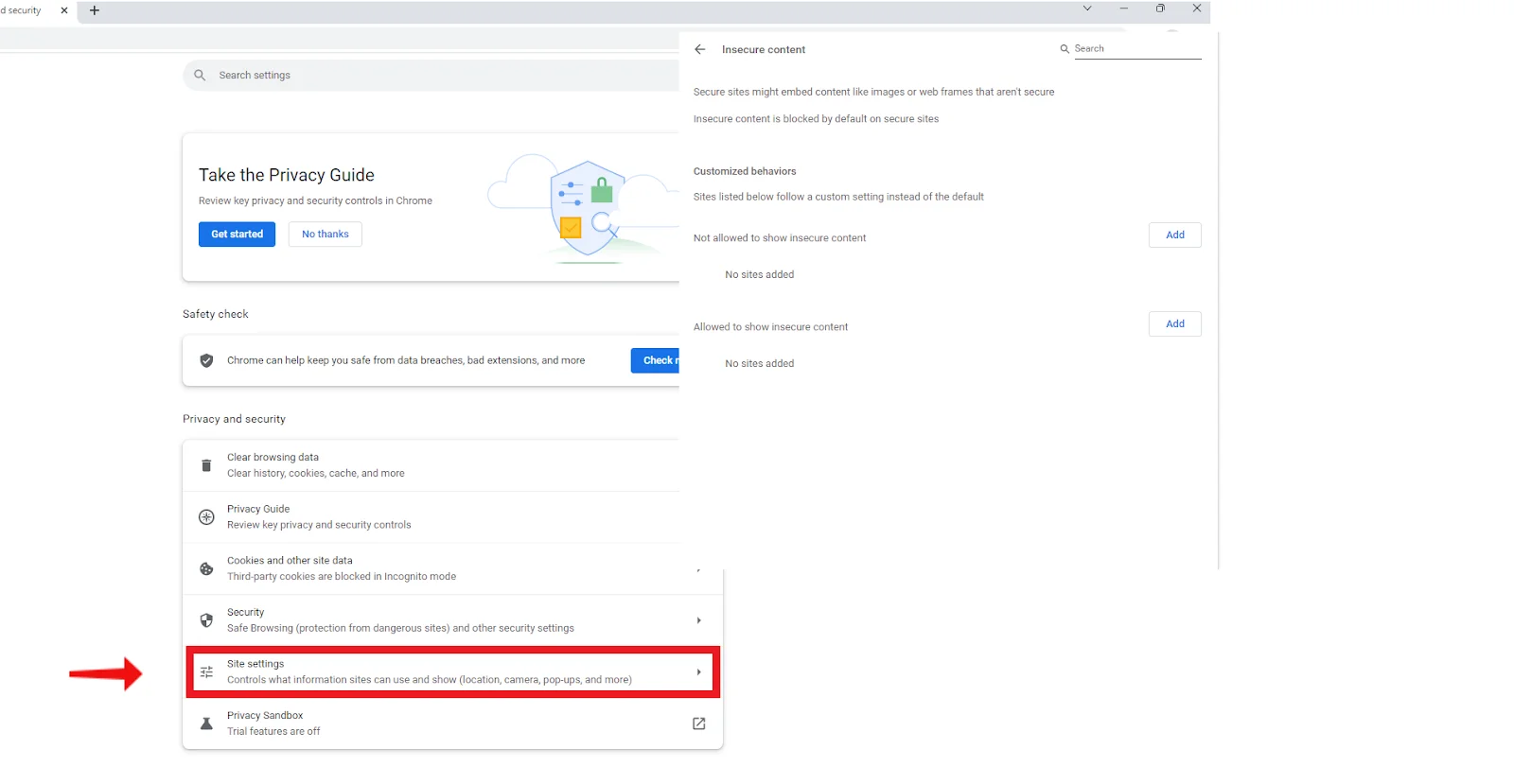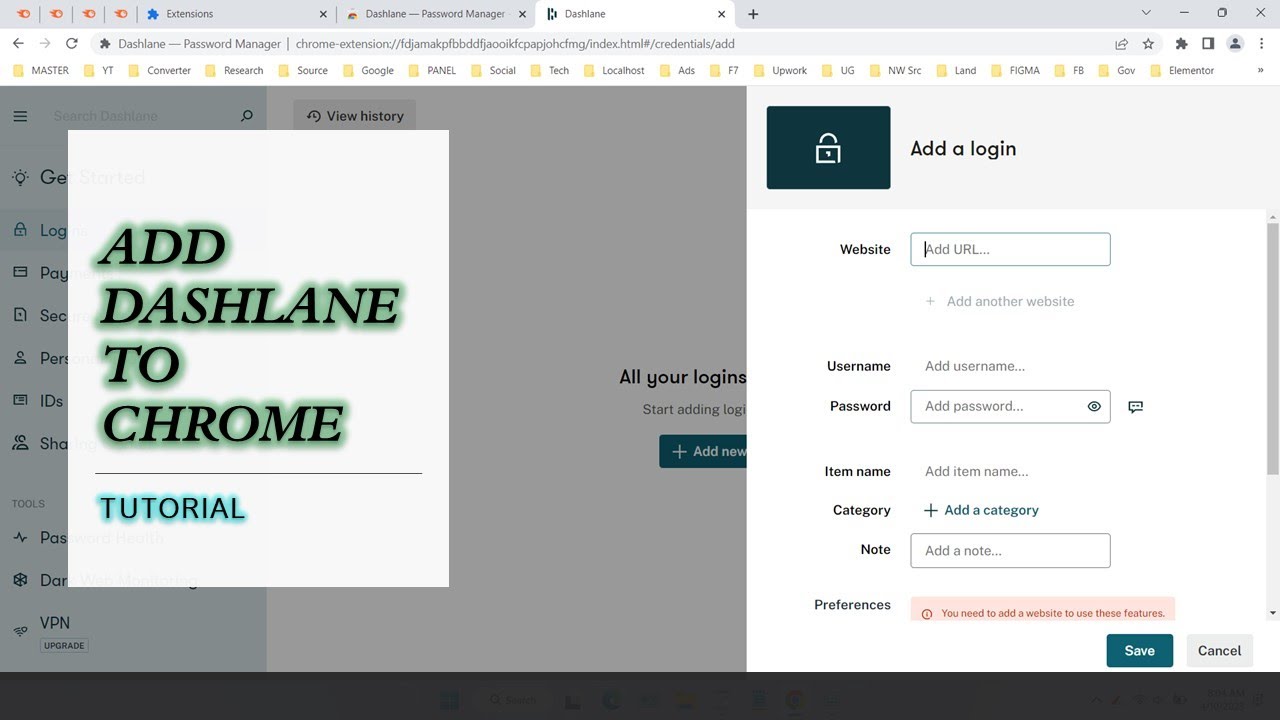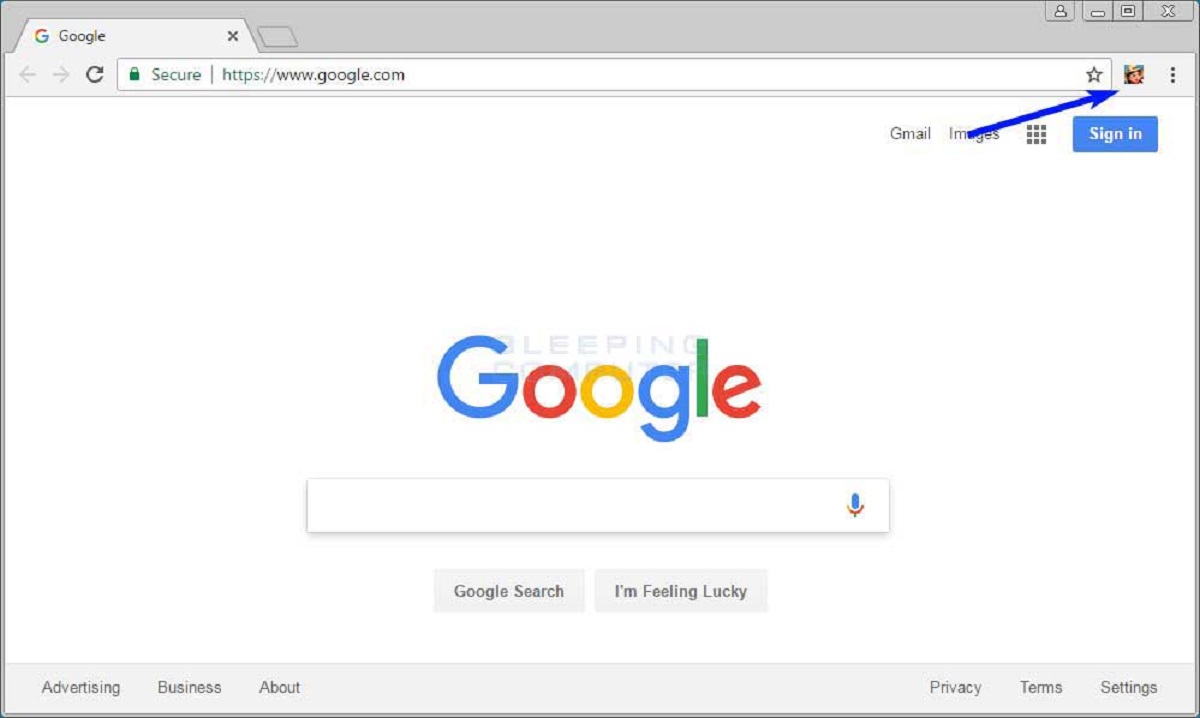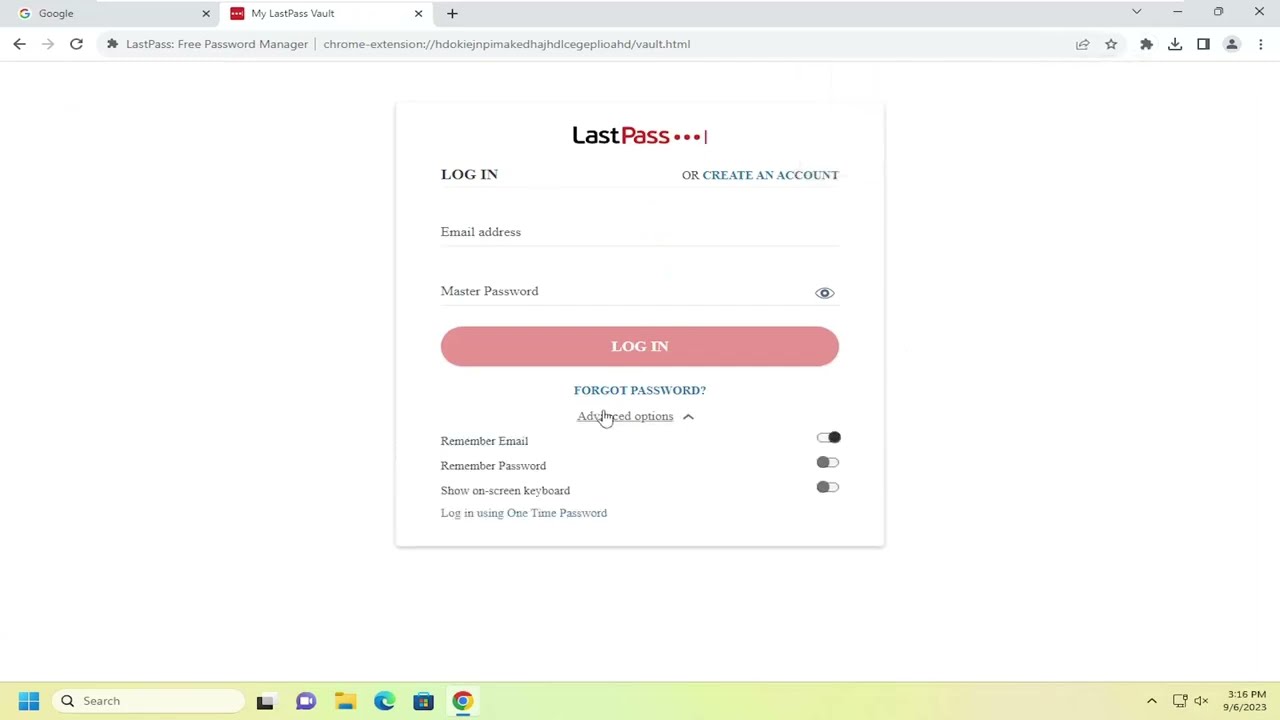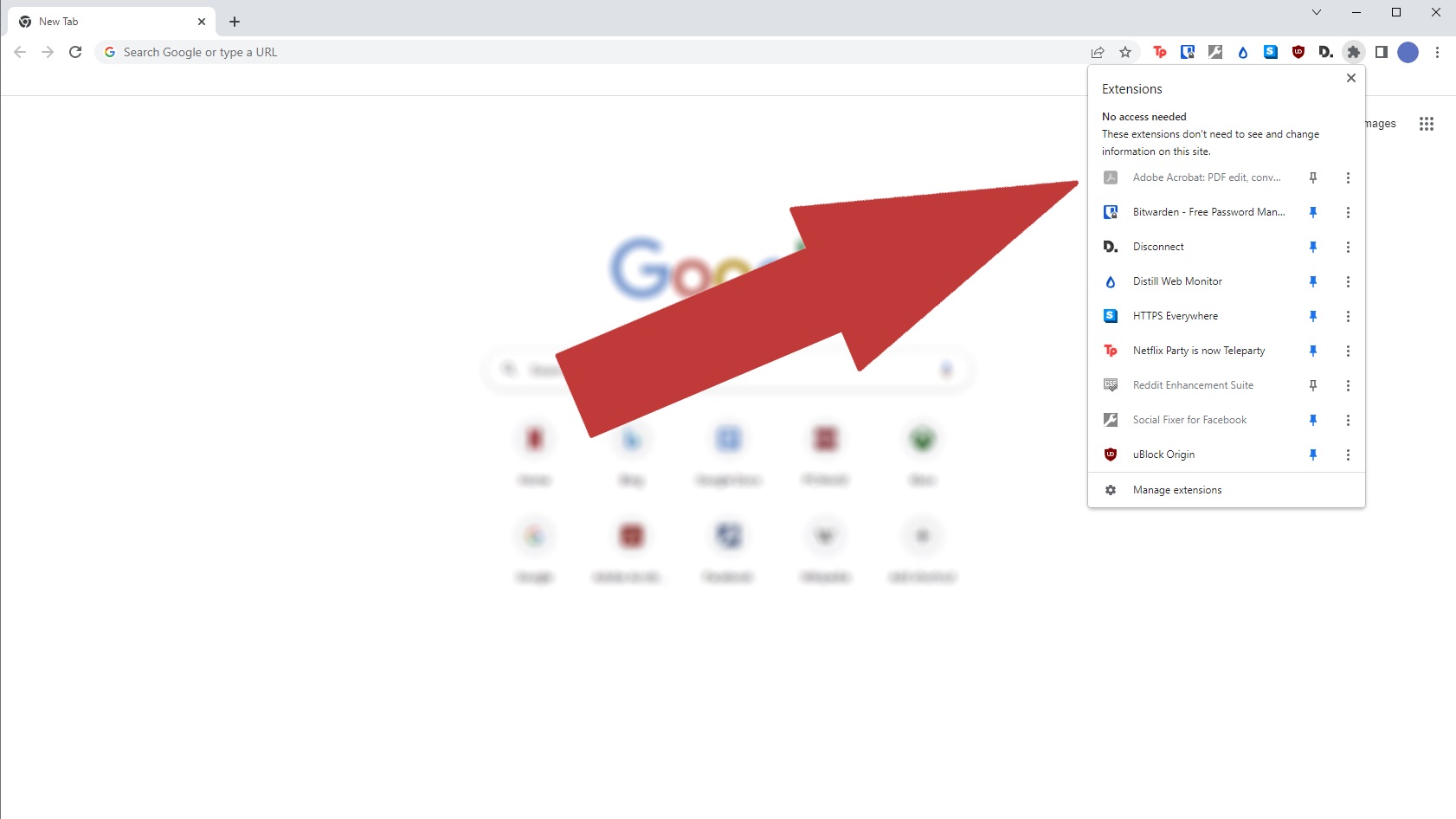Introduction
Chrome extensions have become an integral part of our browsing experience, allowing us to customize and enhance the functionality of the Chrome browser. These extensions offer a wide range of features, from ad-blocking and password management to productivity tools and social media integrations. As a Chrome user, you may have wondered where these extensions are stored on your computer.
In this article, we will explore the world of Chrome extensions and discover where they are stored on different operating systems. Whether you are a Windows, Mac, or Linux user, understanding the location of these files can be useful for various reasons, such as manual backups, troubleshooting, or modifying the behavior of certain extensions.
So, if you’ve ever asked yourself, “Where are my Chrome extensions stored?” keep reading to unravel the secrets behind their storage locations and how you can access them.
Before diving into the details, it’s essential to have a clear understanding of Chrome extensions themselves. These small software programs are designed to customize the browsing experience by adding new features or modifying existing ones within the Chrome browser. They are created using web technologies like HTML, CSS, and JavaScript, and are made available through the Chrome Web Store or other sources.
Chrome extensions allow users to personalize their browsing experience with functions like blocking ads, translating web pages, or even playing games. They often appear as icons in the Chrome toolbar, offering quick access to their respective functionalities. With thousands of extensions available, users can truly tailor their Chrome browser to meet their specific needs and preferences.
Now that we have covered the basics of Chrome extensions, it’s time to explore where these extensions are stored on different operating systems. Whether you’re using Windows, Mac, or Linux, understanding the storage locations will empower you to manage and modify your extensions in a more efficient and convenient way.
Understanding Chrome Extensions
Chrome extensions are small software programs that add extra functionality and customization options to the Google Chrome browser. They are built using web technologies like HTML, CSS, and JavaScript and can be downloaded and installed from the Chrome Web Store or other trusted sources.
These extensions can perform a wide variety of tasks, ranging from blocking ads and managing passwords to improving productivity and enhancing social media interactions. They are designed to enhance the browsing experience by adding new features or modifying existing ones within Chrome.
When you install a Chrome extension, it becomes a part of your browsing environment, appearing as an icon in the Chrome toolbar or menu. These icons provide easy access to the extension’s features and settings.
With thousands of extensions available, users can personalize their browsing experience to suit their specific needs and preferences. Some popular types of Chrome extensions include:
- Ad Blockers: These extensions block advertisements on websites, making browsing faster and less cluttered.
- Password Managers: These extensions securely store and autofill passwords, eliminating the need to remember multiple login credentials.
- Productivity Tools: These extensions help users stay focused and productive by providing features like task management, note-taking, and time tracking.
- Translator Tools: These extensions automatically translate web pages into different languages, facilitating multilingual browsing.
- Social Media Integrations: These extensions offer enhanced functionality for popular social media platforms, allowing users to schedule posts, share content, and manage notifications.
It’s important to note that while Chrome extensions can greatly enhance the browsing experience, they may also have access to certain permissions and data related to the websites you visit. Therefore, it is advisable to only install extensions from trusted sources and review the permissions requested by each extension before installation.
Now that we have a better understanding of what Chrome extensions are and what they can do, let’s explore where these extensions are stored on different operating systems and how you can access them.
Where Chrome Extensions are Stored
Chrome extensions are stored in specific directories on your computer, depending on the operating system you are using. The location of these extension files can be useful for various reasons, such as manual backups, troubleshooting, or modifying the behavior of certain extensions.
Here is a breakdown of the storage locations for Chrome extensions on different operating systems:
Windows:
On Windows, Chrome extensions are stored in the user’s AppData folder. The exact path to the extension directory is:
C:\Users\YourUsername\AppData\Local\Google\Chrome\User Data\Default\Extensions
Replace “YourUsername” in the path with your actual Windows username. Inside this folder, you will find subfolders with random alphanumeric names representing each installed extension.
Mac:
On Mac, Chrome extensions are stored in the user’s Library folder. The path to the extension directory is:
~/Library/Application Support/Google/Chrome/Default/Extensions
The tilde (~) represents your user directory. Within the Extensions folder, you will find subfolders named after the unique identifiers of each installed extension.
Linux:
On Linux, Chrome extensions are stored in the user’s home folder. The path to the extension directory is:
~/.config/google-chrome/Default/Extensions
Within this folder, you will find subfolders with unique identifiers for each installed extension.
It’s important to note that the exact paths mentioned above may vary slightly depending on the version of Chrome or the operating system you are using. However, the general structure and location of the extension directories should remain consistent.
Now that you know where Chrome extensions are stored on your computer, you can navigate to these directories to manually back up your extensions or troubleshoot any issues that may arise.
Windows
If you are a Windows user, the location of Chrome extensions is slightly different compared to other operating systems. Chrome extensions on Windows are stored in the user’s AppData folder, specifically within the Default/Extensions directory.
The exact path to the extension directory on a Windows system is:
C:\Users\YourUsername\AppData\Local\Google\Chrome\User Data\Default\Extensions
Replace “YourUsername” with your actual Windows username to access the correct folder. Inside the Extensions directory, you will find individual subfolders, each representing an installed Chrome extension. These subfolders are named with random alphanumeric characters, which serve as unique identifiers for each extension.
When you open a subfolder corresponding to a particular extension, you will see the extension’s files and folders. These files typically include manifest files, icons, JavaScript, CSS, and other resources that make up the functionality and appearance of the extension.
It’s worth noting that if you have multiple Chrome profiles on your Windows system, each profile will have its own set of extension folders within the “Default” folder. The folder structure for each profile is similar, with the subfolders inside the Extensions directory representing the individual extensions installed on that specific profile.
Accessing the Chrome extensions directory on Windows allows you to manually back up your extensions, troubleshoot extension-related issues, or modify extension behavior by editing the extension’s manifest file or other relevant files.
It’s important to exercise caution when modifying extension files, as any changes made can impact the functionality and stability of the extensions. Before making any modifications, it’s recommended to create a backup of the extension folder or consult the extension developer’s documentation for guidance.
Now that you know where Chrome extensions are stored on a Windows system, you have the power to explore, manage, and customize your extensions based on your specific needs and preferences.
Mac
If you are using a Mac, the location of Chrome extensions differs from that of Windows. On a Mac, Chrome extensions are stored in the user’s Library folder, specifically within the Default/Extensions directory.
The path to the extension directory on a Mac is:
~/Library/Application Support/Google/Chrome/Default/Extensions
The tilde (~) represents your user directory. To access the extension folder, open Finder and click on the “Go” menu in the top menu bar. Press and hold the “Option” key to reveal the Library option, then click on “Library”. Within the Library folder, navigate to “Application Support”, “Google”, “Chrome”, and finally “Default”. Inside the “Extensions” directory, you will find individual subfolders, each representing an installed Chrome extension.
Similar to the Windows location, the subfolders in the Extensions directory are named with unique identifiers that serve as identifiers for each installed extension. These subfolders contain the extension’s files and folders, such as manifest files, icons, JavaScript, CSS, and other resources that define the functionality and appearance of the extension.
When you access the extension folder, you can manually back up your extensions, troubleshoot any issues related to extensions, or modify the extension behavior by editing the relevant files. However, exercise caution when making modifications, as any changes can affect the performance and stability of the extensions.
It’s worth mentioning that if you have multiple Chrome profiles on your Mac, each profile will have its own set of extension folders within the “Default” folder. The structure of these folders is similar, with subfolders representing the individual extensions installed on each specific profile.
Knowing the location of Chrome extensions on your Mac empowers you to manage and customize your extensions to suit your browsing needs. Whether you want to explore advanced settings, troubleshoot issues, or modify extension behavior, accessing the extension directory gives you the flexibility to make the desired changes.
Linux
If you are a Linux user, the storage location for Chrome extensions differs from that of Windows and Mac. On Linux systems, Chrome extensions are stored in the user’s home folder, specifically within the following path:
~/.config/google-chrome/Default/Extensions
The tilde (~) represents your home directory. To access the extension directory, open the file manager and navigate to the “.config” folder. Inside the “.config” folder, you will find a “google-chrome” folder. Within the “google-chrome” folder, locate the “Default” folder, and inside it, you will find the “Extensions” directory.
Similar to the other operating systems, each installed Chrome extension has its own unique subfolder within the “Extensions” directory. These subfolders contain the extension’s files and folders, including the manifest file, icons, JavaScript, CSS, and other resources that define the functionality and appearance of the extension.
By accessing the extension directory on Linux, you can perform various tasks like backing up your extensions, troubleshooting extension-related issues, or modifying extension behavior by editing the relevant files. However, exercise caution when making adjustments as any changes may impact the performance and stability of the extensions.
It is important to note that different Linux distributions may have variations in the path or directory structure. The guidance shared here is based on a typical Linux setup, but you may need to adjust the path accordingly if your system has custom configurations.
Understanding the location of Chrome extensions on your Linux system empowers you to explore, manage, and customize your extensions to suit your browsing needs. Whether you wish to make backups, address issues, or modify extensions, accessing the extension directory provides the flexibility to make the necessary changes.
How to Find Chrome Extensions Folder
Now that you have a clear understanding of where Chrome extensions are stored on different operating systems, you may be wondering how to easily locate the extensions folder on your computer.
Regardless of the operating system you are using, there are a few steps you can follow to find the Chrome extensions folder:
Step 1: Open the File Explorer (Windows) or Finder (Mac)
Launch the file explorer on your computer, depending on the operating system you are using. On Windows, open File Explorer, and on Mac, open Finder.
Step 2: Navigate to the AppData (Windows) or Library (Mac) folder
For Windows users, navigate to the AppData folder. The default path is usually:
C:\Users\YourUsername\AppData\Local\Google\Chrome\User Data\Default
For Mac users, navigate to the Library folder. The default path is usually:
~/Library/Application Support/Google/Chrome/Default
Step 3: Locate the Extensions Folder
Within the Default folder, locate the “Extensions” directory. It contains subfolders that correspond to each installed Chrome extension. These subfolders usually have names composed of random alphanumeric characters.
Step 4: Access the Extension Files
Once you have found the Extensions folder, you can open the individual extension’s subfolder to access its files and folders. These files include manifest files, icons, JavaScript, CSS, and other resources that define the extension’s functionality and appearance.
Remember, the exact paths may vary slightly based on the version of Chrome or the operating system you are using. However, following these steps will generally guide you to the correct location of the Chrome extensions folder.
Accessing the Chrome extensions folder allows you to perform various tasks like manually backing up your extensions, troubleshooting any extension-related issues, or modifying extension behavior for advanced customization.
By being able to find and navigate to the Chrome extensions folder, you have more control over managing and customizing your Chrome extensions to enhance your browsing experience.
Modifying Chrome Extensions
Chrome extensions offer a variety of features and functionalities, but sometimes you may want to modify an extension to suit your specific needs or preferences. While modifying extensions requires a certain level of technical knowledge, it can be a rewarding experience for advanced users.
Here are a few ways you can modify Chrome extensions:
1. Editing the Manifest File
The manifest.json file contains important information about the extension, including its name, version, permissions, and background scripts. By editing this file, you can modify various aspects of the extension’s behavior. However, it’s important to note that making changes to the manifest file may require a deep understanding of the extension’s code and potential implications.
2. Inspecting and Modifying Extension Scripts
You can inspect the scripts used by an extension by opening the extension’s background page or inspecting its elements through the Chrome Developer Tools. This allows you to understand how the extension works and make modifications to the JavaScript and CSS files as necessary. However, it’s crucial to have a good understanding of web development and programming concepts before making any changes to extension scripts.
3. Developing Custom Extensions
If you have advanced programming skills, you can create your own custom Chrome extensions to fulfill specific requirements. Chrome provides detailed documentation and tools like Chrome Developer Tools and the Chrome Extension API to aid in extension development. This approach allows you to have full control over the functionality and appearance of the extension.
It’s important to keep in mind that modifying extensions can have unintended consequences and may compromise their stability or security. Here are a few things to consider:
- Backup: Before modifying any extension files, make sure to create a backup of the original extension folder. This ensures that you can revert to the original state if anything goes wrong.
- Developer Mode: To load and test modified extensions, you may need to enable Developer Mode in Chrome. This mode allows you to load unpacked extensions and test them without going through the Chrome Web Store.
- Security and Trust: Only modify extensions from trusted sources or developed by reputable developers. Modifying extensions from unknown or untrusted sources may pose security risks.
Modifying Chrome extensions can provide a great deal of flexibility and customization. However, it’s crucial to proceed with caution, have a good understanding of extension development concepts, and always take necessary safety precautions.
By exploring the possibilities of modifying Chrome extensions, you can tailor your browsing experience to suit your specific needs and preferences, unlocking a world of customization and personalization.
Conclusion
Chrome extensions have become an integral part of the browsing experience, offering users the ability to customize and enhance their Chrome browser with additional features and functionalities. In this article, we explored where Chrome extensions are stored on different operating systems – Windows, Mac, and Linux.
On Windows, Chrome extensions are located in the user’s AppData folder, specifically within the Default/Extensions directory. Mac users can find their extensions in the Library folder, within the Default/Extensions directory. Linux users can navigate to the ~/.config/google-chrome/Default/Extensions directory to access their extensions.
Understanding the location of Chrome extensions allows you to perform various tasks, such as manual backups, troubleshooting issues, and modifying extension behavior. You can explore the extension files, including manifest files, JavaScript, CSS, and other resources that define each extension’s functionality and appearance.
Additionally, we discussed how to find the Chrome extensions folder on your computer. By following simple steps, you can easily navigate to the extensions folder and access the individual subfolders representing each installed extension.
For advanced users, modifying Chrome extensions can offer a way to customize and tailor the extensions to better suit specific needs or preferences. By editing the manifest file, inspecting and modifying extension scripts, or even developing custom extensions, users can take control of their browsing experience. However, it’s important to exercise caution, back up files before making any modifications, and have a good understanding of programming concepts.
In conclusion, understanding the storage locations and the process of modifying Chrome extensions empowers users to personalize their browsing experience and extend the capabilities of their Chrome browser. Whether it’s blocking ads, managing passwords, enhancing productivity, or integrating with social media platforms, Chrome extensions provide a wide range of possibilities for customization and enhancement.







